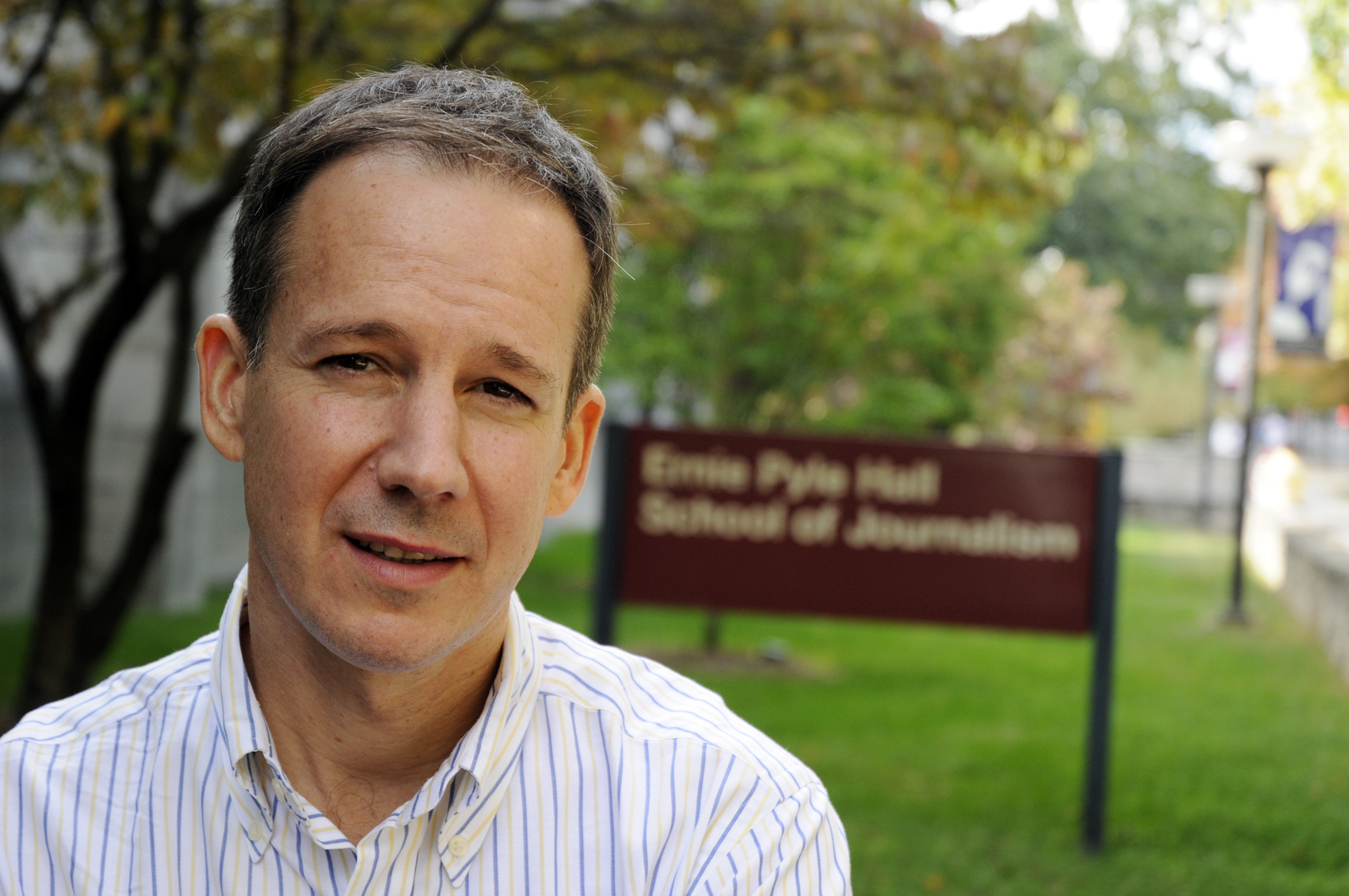Bio
Joseph Coleman, the former Tokyo bureau chief for Associated Press, is Professor of Practice in Journalism at the Indiana University Media School. He has reported from some two dozen countries in Asia, Europe and the Americas in 25 years as a journalist. Coleman is the author of Unfinished Work: The Struggle to Build an Aging American Workforce (Oxford University Press, 2015). He has degrees from Vassar College and Columbia University School of International and Public Affairs. Coleman, 52, lives in Bloomington, Indiana, with his wife Kyoko and their two children.

